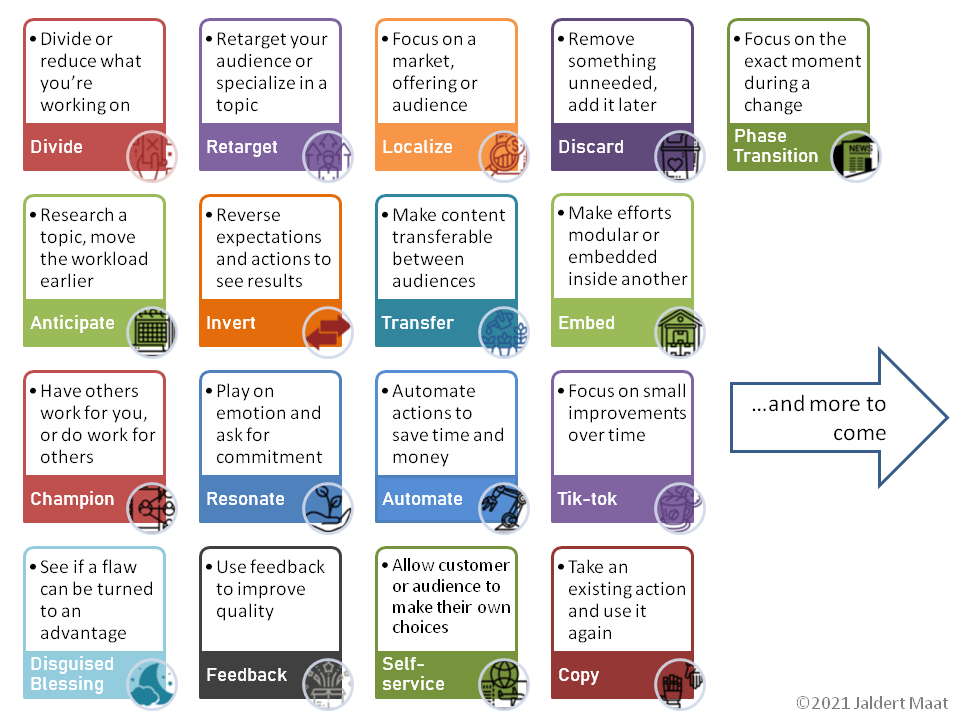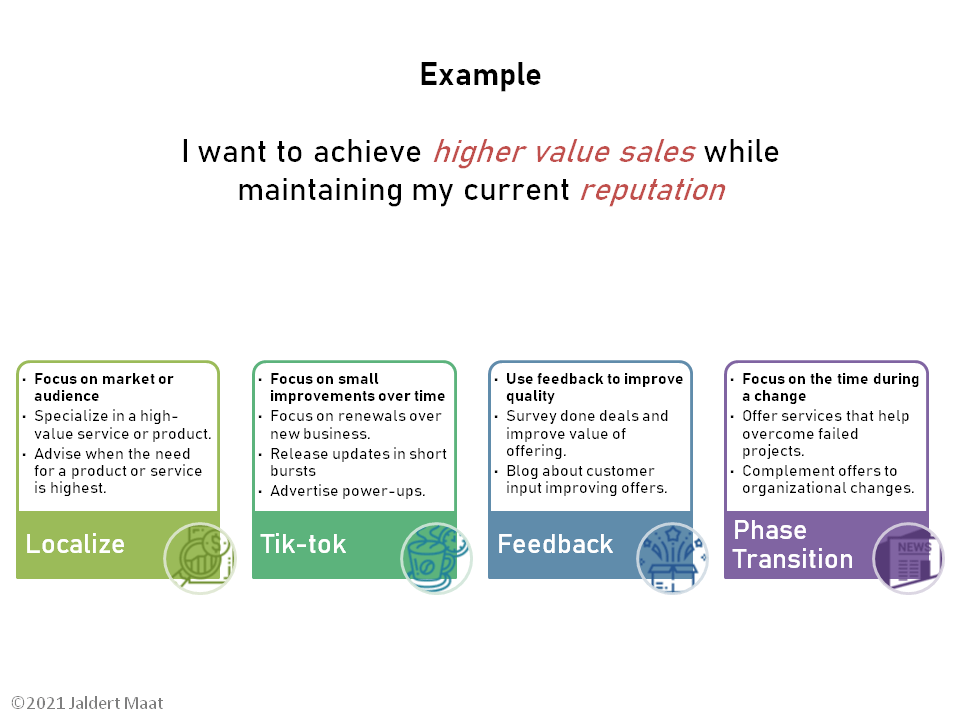Social selling as a concept is in my opinion a great improvement over the more traditional cold-calling and hunter strategies that are utilized by sales. This always reminds me of how different creatures approach similar needs with very different strategies.
For example, a viperfish and an anglerfish are both predatory deepsea fish that need to catch prey while existing in the cold dark. The viperfish has long, sensitive teeth, and when it touches something that could be food, it bites. The anglerfish on the other hand has evolved to having a small light-emitting organ hanging over its mouth, attracting smaller fish. It then gulps down those fish that come too close.
In other words, hunting sales are like a viperfish, and social sellers are like anglerfish in this analogy.
In a nutshell, social selling revolves around a simple mantra:
Social selling is about posting relevant content to your reputation, making connections with decision makers, to improve the quantity and value of sales leads.
But practically, it can be hard to find the best actions to take to do all that. You need to be a sales person, marketing expert, topic guru and public speaker to have the entire toolbox available and make it look easy.
This means that a change of toolbox is in order.
One such example of innovation is TRIZ, or the “theory of inventive problem solving” developed in the fourties by Genrich Altshuller, a Russian patent officer who noted that looking at all the requests coming in, there were certain patterns in how applications of engineering could solve problems.
For example, you could use a bigger engine if you wanted to make a car faster, but it would increase the weight. And that would slow the car down again. So the trick is to increase its power, while maintaining its current weight. For example, by using lighter materials, or finding a more powerful fuel.
If you follow the link above you will reach the page where all of this is explained in full detail.
In this context, Innovation is about What you want to achieve while maintaining something at the current level or preventing something negative from happening. In other words “Yes, but…” or “Yes, and…”
The same principle applies to Social Selling, and I have taken these principles and converted them for use in Social Selling. The major factors at play here are the number and quality of connections, the amount and value of sales leads and the quality and reach of your reputation.
Improving one while maintaining another, or at least not allowing it to be impacted, means that you can set these in a matrix, and each crossing of one and the other has a series of potential actions you can take to achieve that goal.

Each of these actions has an evocative name, in order to make it easy to remember, but represents a broad principle. It takes a bit of creativity in order to adjust such a principle to the actual problem at hand, which is why applying this system may need a workshop under coaching of a mentor who is adept at both personal branding and social selling.
Below you will find the “playing cards” representing the various actions, with a short description of what that would mean in a broad sense.

For an example of how this would work in practice, imagine that you wanted to increase the value of your sales leads, but still wanted to maintain your current level of reputation. So, you did not want to seem too eager or desperate, nor did you want to give anyone the idea that you connected with them just so you could send them a sales pitch…

Now you can see that each broad concept has a few examples in the card of actions you can take in order to achieve your desired goal. Note that these are never the only actions you could take, just the more obvious ones. After all, you want to keep it practical and easy to apply.
The original TRIZ concept had a 39×39 grid and 40 potential actions, so you can see I have narrowed it down quite a bit. This is also because this is a version 1 of the system, and I would need to test and implement further actions to fill it out.
As you can see, the system works best when used in a workshop setting where a number of people with great engagement to your business and a diverse background and skillset think up new ideas using these cards as a general structure.
